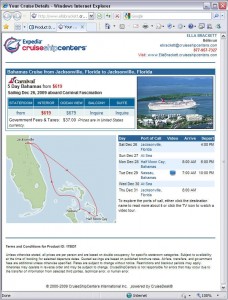Slow Converting PPC Clicks
I spoke with several paid search experts over the last two weeks for an article about timing PPC ads to optimize performance, and an interesting side-topic came up.
Seeing which PPC clicks are helping your bottom line is not always crystal clear. For example, a consumer may click an ad on Saturday and purchase the advertised item on Tuesday. These slow-converting, or latent clicks help drive sales. But by how much?
One way you can help figure this out is by looking to see whether an ad’s search phrase contains branded terms. Branded searches are likely driven by another marketing channel — because the consumer knew your brand name. Conversions on generic, non-branded search terms signal that your PPC ad had a much stronger influence on the sale.
You can track these slow-converting clicks using cookies — but even that can be challenging. Consumers often search the Web at work on one computer, and surf at home on another. Unless you’re able to connect those two machines, you’ll likely be missing some clicks that later become sales.
The lesson here is you should track the behavior of consumers who click your ads as well as you can. Doing so will give you a better idea of which clicks are driving delayed sales, and that information can help you better allocate your spending.
Have you found a good way to uncover slow-converting clicks? Has it helped you much? Let us know in the comments…









